
Plant clematis in pots
to flower a terrace or a balcony!
Contents
Climbing voluble plant, the clematis enchants us with its large star-shaped flowers! It blooms in spring or summer, sometimes even in mid-winter, depending on the varieties. Its foliage is often deciduous, but there are also some evergreen clematis. Their flowers come in the most varied shapes and colours. They can be single, double, or bell-shaped, and can appear sophisticated or, on the contrary, very natural. You will easily find varieties that will make you fall in love! Planted in large pots or bowls, they will bring colour to your terraces and balconies. This way, you will have them close to your home, and you can enjoy them even if you do not have a garden.
When to plant clematis?
Clematis can be planted all year round, but the most favourable season is spring. Avoid installing it during freezing periods or extreme heat.
Read also
Clematis: planting, pruning and careWhich varieties to choose?
Avoid the larger varieties, such as Montana clematis: they can reach 8 m in height and are not at all suitable for pot cultivation! Instead, choose the more compact ones (up to 1.50 or 2 m), and those that grow slowly. Among them, the clematis ‘Baby Star’ captivates us with its generous star-shaped white flowering. Also discover the stunning pink flowers of the clematis Piilu! More intense, the variety ‘Astra Nova’ offers elegant star-shaped flowers in a deep violet, contrasted by a lighter band at the centre of the sepals, while the clematis ‘Westerplatte’ bears surprising dark red flowers. Finally, the clematis integrifolia ‘Twinkle’ is also suitable for pot cultivation, with the particularity of not being climbing!

Clematis ‘Piilu’, Clematis ‘Astra Nova’, Clematis integrifolia ‘Twinkle’ and Clematis ‘Westerplatte’
Discover other Tall Clematis
View all →Available in 0 sizes
Available in 1 sizes
Available in 1 sizes
Available in 1 sizes
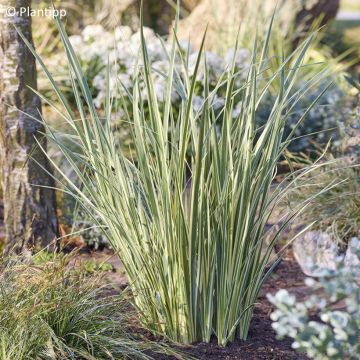
Available in 1 sizes
Available in 1 sizes
Available in 1 sizes
Available in 1 sizes
Available in 2 sizes
Available in 1 sizes
How to plant them in pots?
We advise you to choose a large enough container (ideally around 60 cm in height), as the roots of clematis penetrate deeply into the soil. Plan for a stake, unless you allow it to climb on a nearby bush. Plant perennials alongside it, such as geraniums, or a few small grasses. Handle the plant with care, as its stems are fragile. They break easily.
- Place the root ball in a basin filled with water to moisten it.
- Drain the bottom of the pot with a layer of gravel or clay balls.
- Fill the pot with potting soil mixed with a bit of compost.
- Place the root ball, tilting it towards its support. The base of the stems should be buried at least 5 centimetres deep.
- Cover with soil and firm down.
- If necessary, place a stake in the pot.
- Water.
- Gently direct the stems towards their support, and possibly tie them with raffia. Subsequently, the clematis will cling on its own.
- You can add a layer of mulch to keep the soil cool.
Place your clematis in the sun, ensuring that the base remains shaded. You can install a chestnut protective tile at the base to shelter it. In a pot, the most delicate aspect is managing watering. The substrate should not dry out too much while being sufficiently draining. We recommend watering regularly.
Read also
6 clematis flowering in winterHow to care for them?
Clematis are quite greedy, so we recommend adding fertiliser from the second year onwards, in spring. Also, be careful with watering: in pots, the substrate dries out much faster than in the ground. Make sure to keep it moist by watering regularly, especially during the summer. Prune your clematis around March, except for early flowering or evergreen varieties, which do not require pruning. Repot it every three years on average, in autumn, placing it in a slightly larger pot each time. Also, discover our tips to avoid diseases.
- Subscribe!
- Contents



































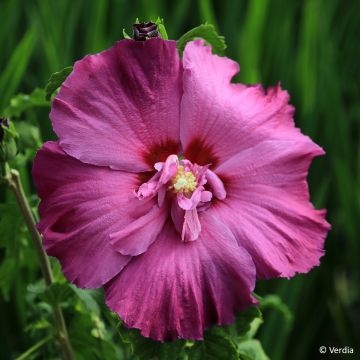
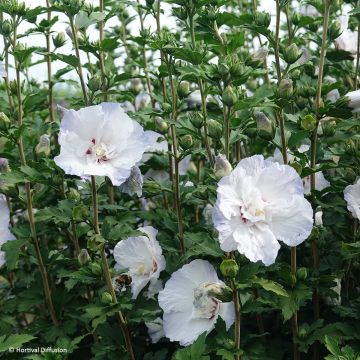


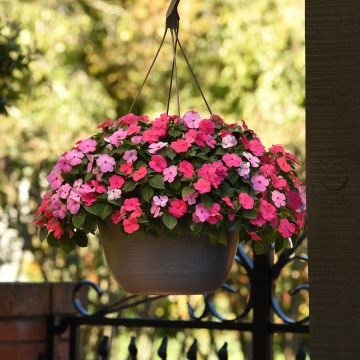
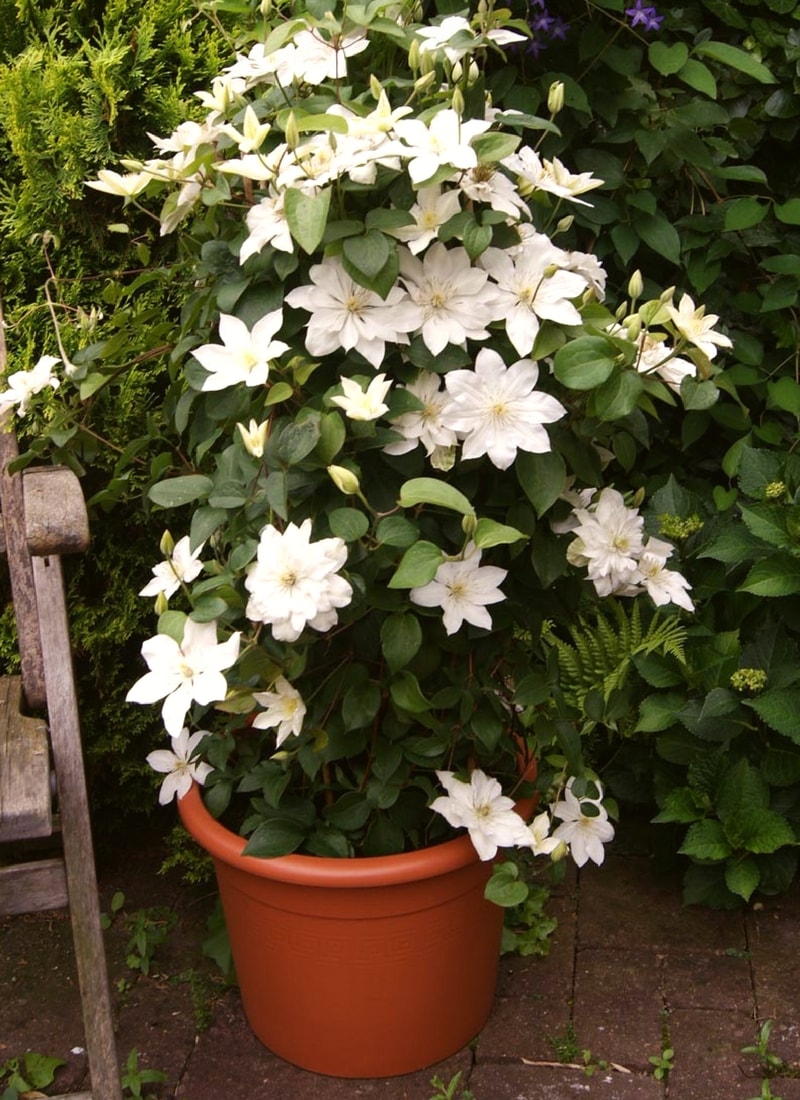
Comments